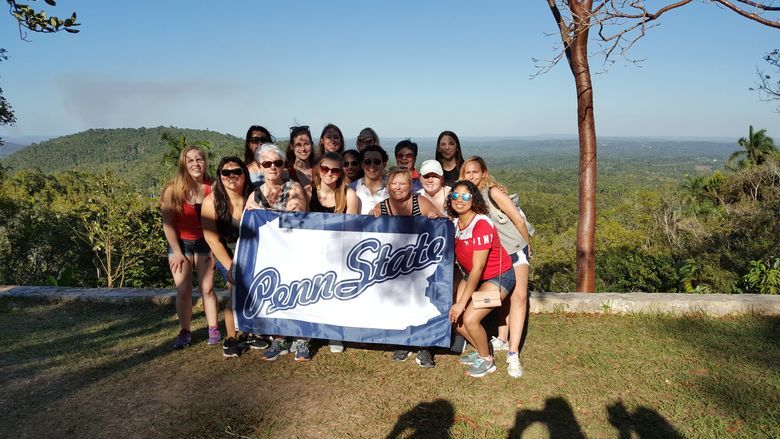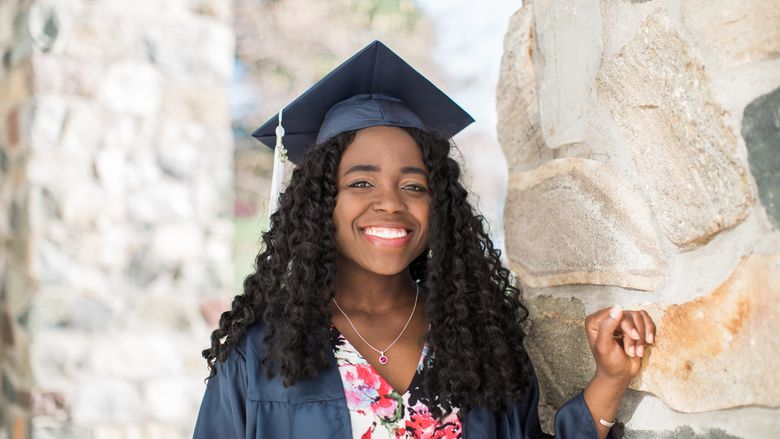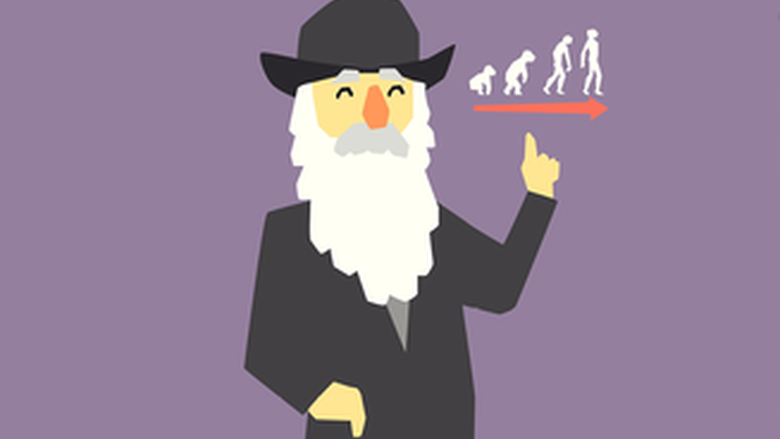It was a long shot, but Kaylee Boehme swabbed the inside of her cheek anyway, collecting her DNA for “Be the Match,” the national bone-marrow donation registry. Just one of every 430 volunteers is selected to donate.
“I really hope it’s me,” Boehme, a sophomore, said.
The odds are even longer for a person in need of a marrow or stem-cell transplant. Though the procedure can cure more than 80 genetic diseases, including leukemia, 70 percent of all patients in need of a transplant do not have a genetic match in their family. Half never get a transplant.
To raise awareness of the issue, students at Penn State’s Behrend and University Park campuses held donor registry drives on Oct. 24-27. The Behrend effort was sponsored by the Behrend Student Nurse organization.
The average community event adds 25 volunteers to the donor database, according to the National Marrow Donor Program. The Penn State Behrend event added 164.
College campuses are an ideal site for registry drives, according to the National Marrow Donor Program, which maintains the “Be the Match” registry. Donors’ blood type doesn’t matter, but their age does: Most transplant doctors prefer to work with donors between the ages of 18 and 44.
To register, volunteers answer a few questions and then use a cheek swab to collect a cell sample. For most, it takes no longer than voting.
“It’s a simple process, but it’s super-important,” said Samantha Stauffer, a junior in Penn State Behrend’s Bachelor of Science nursing program. She helped at the registration table, outside Bruno’s Café in the Reed Union Building. “The more people we can sign up, the higher the chances are that we’ll be able to help somebody.”
The “Be the Match” registry now includes 13.5 million names. Another 225,000 volunteers have offered to donate umbilical cord blood, a valuable source for stem-cell transplants.
Most will never be called on to donate. One in 40 registry members is contacted for additional information, according to the National Marrow Donor Program. Just one in 300 will be selected as a possible match.
Changes in the patient’s condition often complicate the process. Only one of every 430 would-be donors actually gives marrow, typically through a blood-draw process called peripheral blood stem-cell donation.
“A lot of people think it’s a painful, invasive thing,” said Alison Walsh, a lecturer in nursing at Penn State Behrend. “It isn’t. It’s a lot like giving blood.”
The “Be the Match” registry leads to nearly 6,400 transplants every year. Donors can register online, at join.bethematch.org, or at a community registration event.
As she watched students register, Walsh, who helped to coordinate the Behrend event, thought of a patient she once worked with on a cancer ward, a woman who had leukemia and died before she found a match.
“I think of her a lot,” Walsh said. “She did everything we asked of her, but it wasn’t enough.
“I hope she’s looking down at us today,” she said. “I think this would make her smile.”


